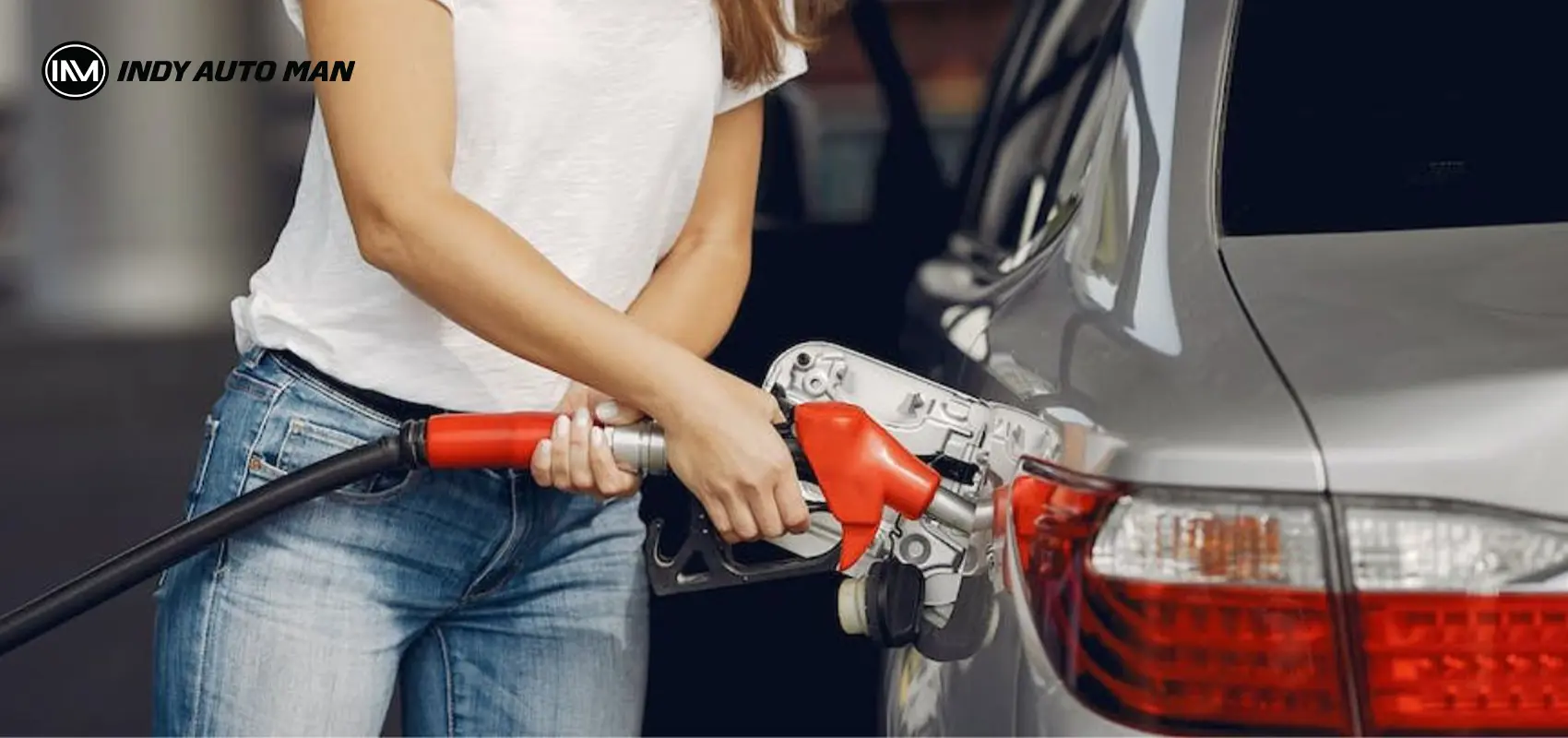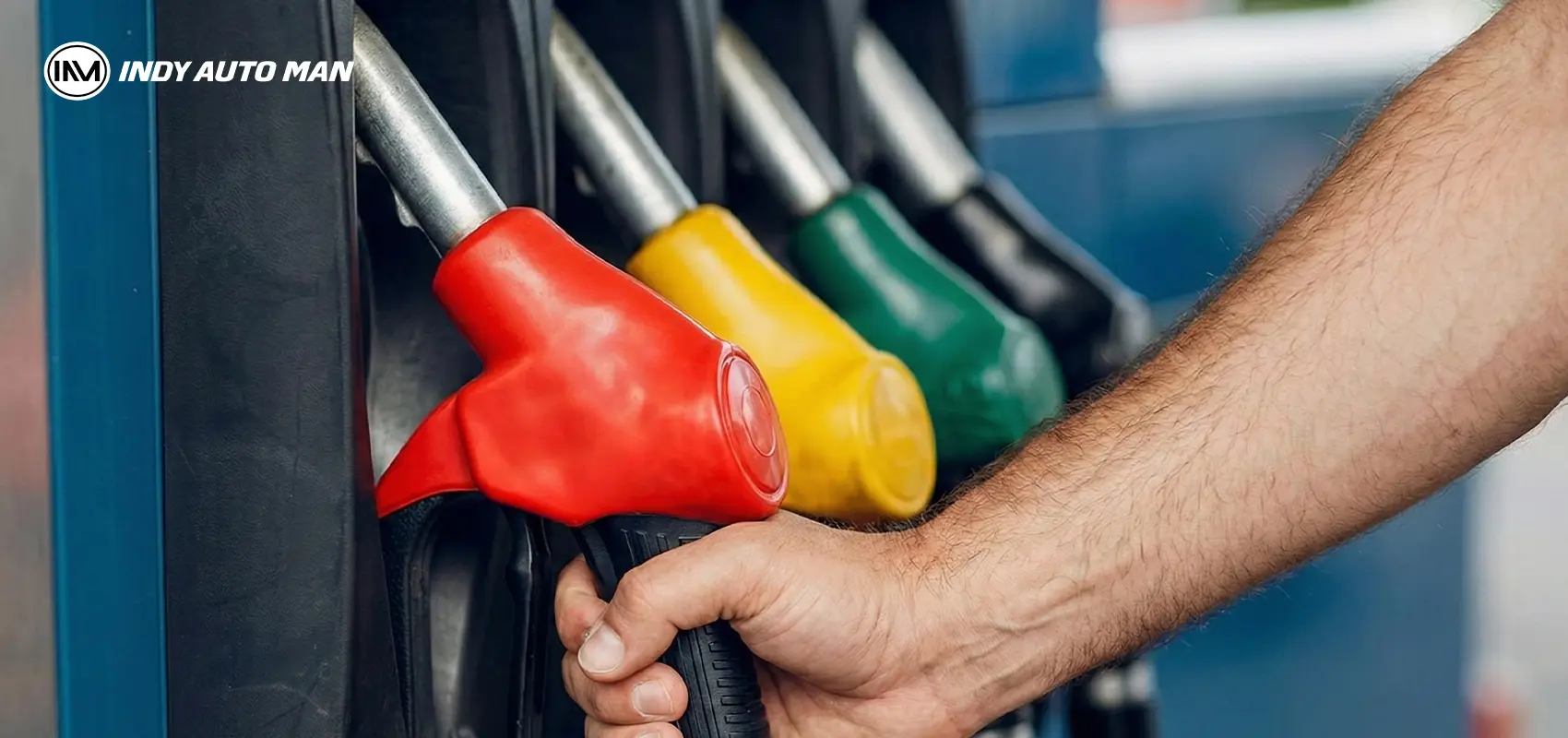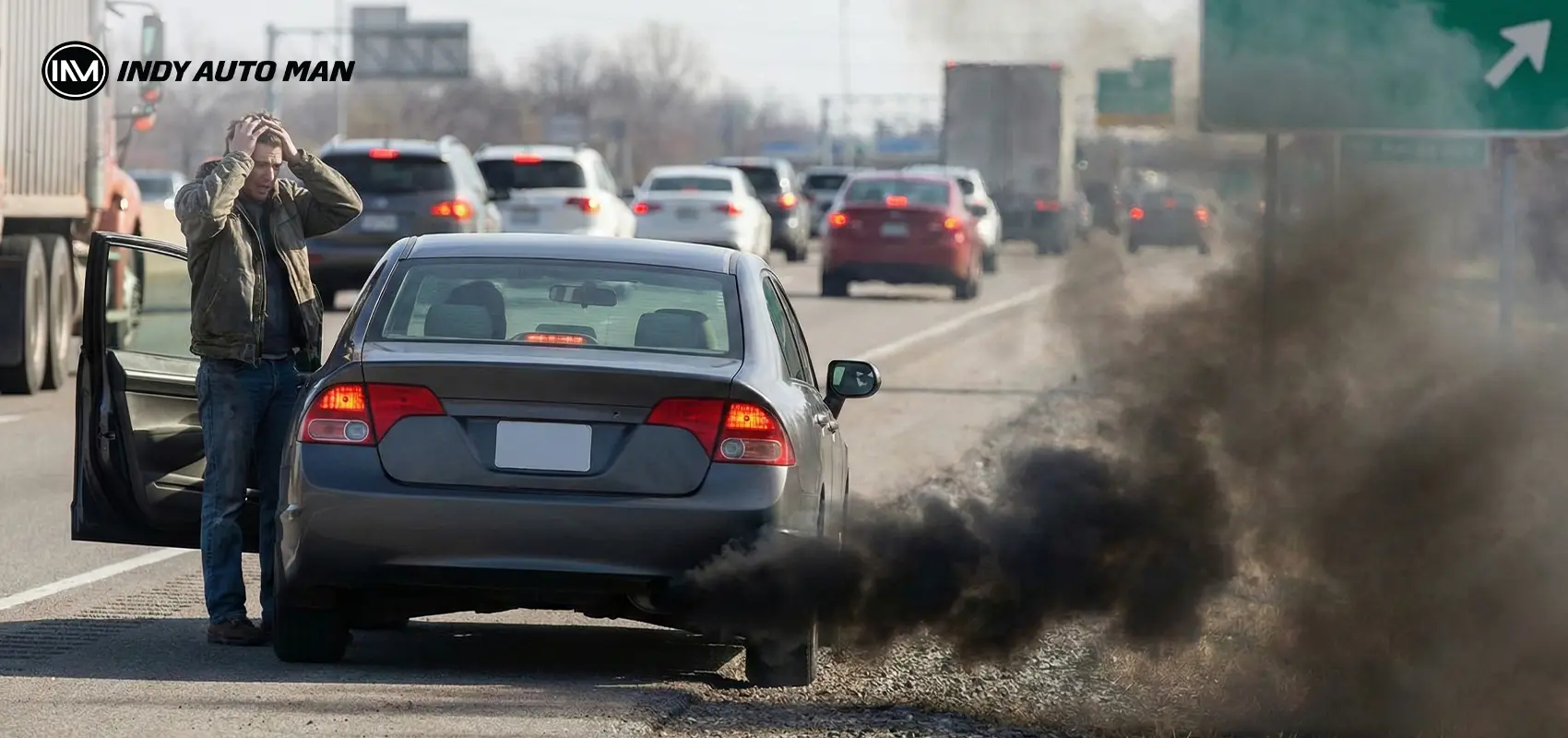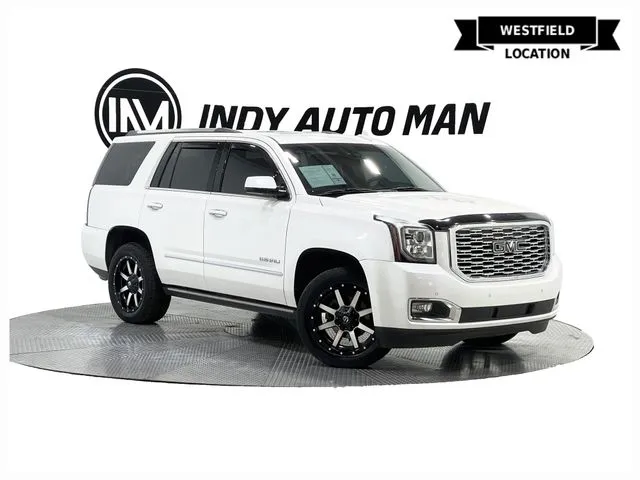Diesel in a Gas Car: Risks and Solutions

Inattention, a gas station attendant's mistake, or a desire to experiment. At least once in a lifetime, every driver has wondered what will happen if you put diesel in a gas car. The Indianapolis Indy Auto Man mechanics prepared the answer to this question.
Engine Features
The operation of diesel and gasoline engines depends on the chemical properties of the fuel: gas is a light and “dry” product, and diesel is a heavy, oily one. Due to the different physicochemical composition and ignition methods, putting the wrong fuel in a tank can lead to serious problems.
The diesel engine system means that fuel and air enter the cylinder separately. When oxygen is compressed and heated, fuel is injected and ignited on contact, causing the engine to move.
The operating algorithm of a gasoline internal combustion engine is different. The mixture of fuel and air enters the combustion chamber, where it is compressed. The temperature of the fuel can reach 932°F, but this is not enough for combustion, so the plugs create a spark.
That is, the operation of the motor in the first case depends on pressure, and in the second - on the spark.
If you add diesel fuel to the gasoline, the engine will run a little. But if you fill a full tank with diesel fuel, the car will not start.
What Happens If You Fill Diesel in a Gasoline Car

Diesel fuel is not compatible with the design of a gasoline engine. If diesel gets into gasoline, the fuel will separate into fractions. The density of diesel fuel is higher, so it falls to the neck of the line and enters the engine, while gasoline rises. Engine malfunctions occur as soon as the fuel mixture, where diesel predominates, is injected into the combustion chambers. Heavy fuel does not react well to a spark. The compression ratio in gasoline engines is one and a half times less than in diesel engines. As a result, the fuel does not explode, the engine stalls, and carbon deposits form on the spark plugs.
There are several scenarios in the situation where a car receives the wrong fuel:
- You put some diesel in an empty gas tank. The compression force and spark are not enough to ignite the fuel. The vehicle will stop responding to the gas pedal, and the engine will start knocking and stall.
- You added diesel to the low level of gasoline. The engine will run for some time. Due to the difference in density, heavy diesel fuel will sink, and gas will float. The diesel will achieve the lower point of the gas tank and enter the engine through a mesh tube, which will lead to damage.
- The car was half full of petrol or more. If you start driving, the injectors will become clogged. With prolonged use, the motor will fail due to the inability to synchronize the cylinders.
If you notice an issue in time, you can fix it at the initial stage. In some cases, filling a car with the wrong fuel does not lead to grave consequences, but it is better to call a tow truck and entrust the engine to service professionals to avoid expensive repairs.
If you're not aware of the wrong fuel, the signs of diesel fuel getting into a gasoline engine are as follows:
- Interruptions and knocking in engine operation
- Sudden loss of dynamics
- Jerks in motion
- Black thick exhaust smoke
What to Do After Putting Diesel in a Gas Car

After filling the gas car with diesel, gasoline remains in the fuel line. Therefore, a vehicle can still move for some distance, during which the engine will be damaged, sometimes irreparably.
The same applies to a diesel engine with gasoline in the power system, with the only difference being that the diesel motor will most likely continue to operate until critical overheating occurs.
Therefore, if you make a mistake at a gas station, under no circumstances should you start the engine - this will save both the engine itself and the fuel system. Tow the car to a service station, where they will drain the fuel and flush the gas tank.
Typically, the work package boils down to the following:
- draining the fuel and flushing the gas tank,
- flushing fuel lines,
- replacing the fuel filter,
- cleaning injectors, replacing spark plugs,
- changing the oil and oil filter.
Flushing the gas tank is especially important for a gasoline car; a diesel engine is more tolerant of small gasoline residues.
How Much Does It Cost to Drain and Flush a Fuel System?
The cost of repairs directly depends on the damage caused to the motor: from a minimal $300-500, which will entail flushing the tank and fuel system, to replacing the engine.
A refueling mistake is not that tragic if you recognize it in time. The main thing is to listen to your car and have the number of a reliable service station at hand.
The Indy Auto Man mechanics have a wealth of experience in tricky tasks and high qualifications to help you solve any issue. If you get stuck in the middle of the road - just give us a call.










